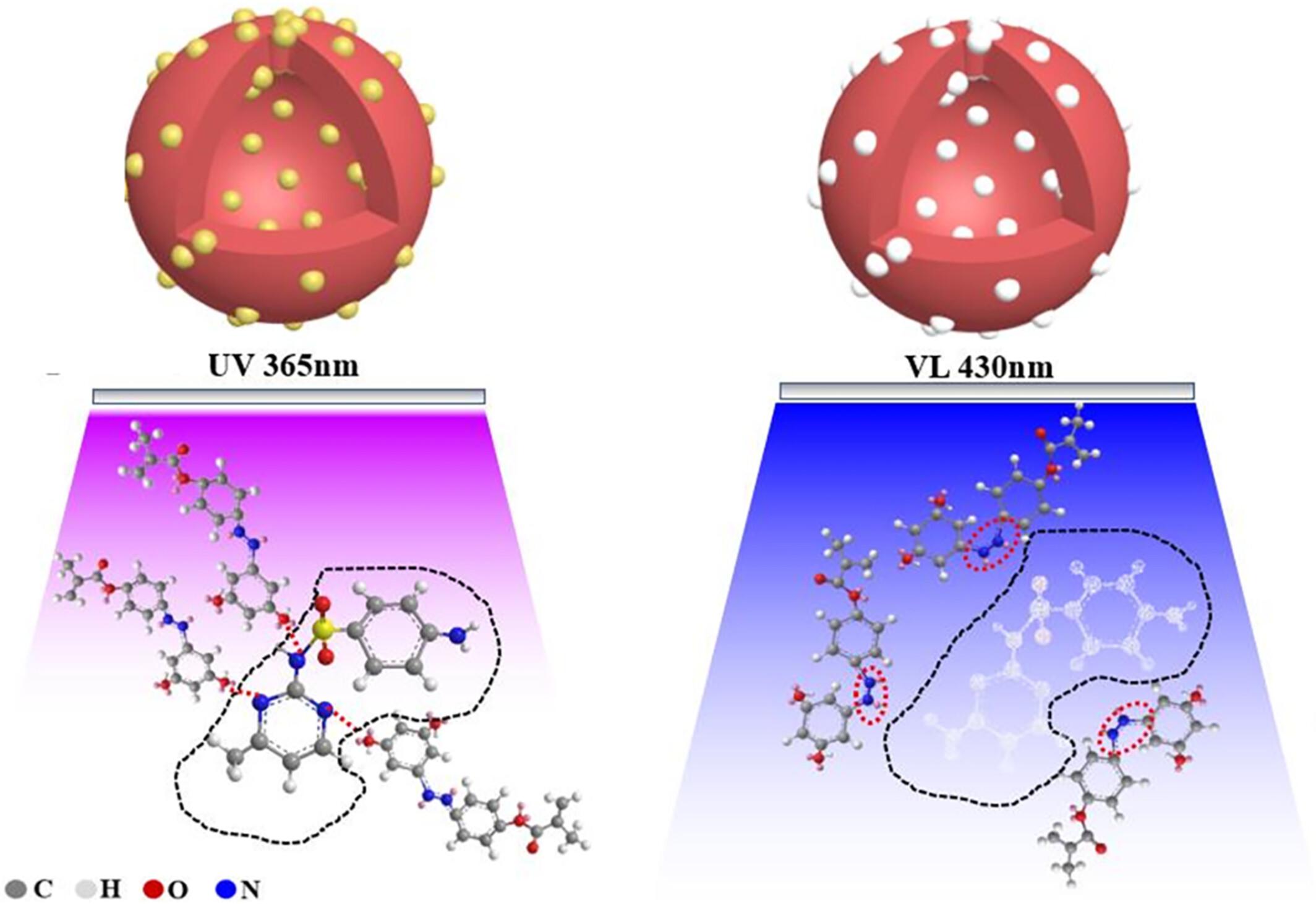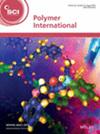求助PDF
{"title":"一种基于蚀刻硅核的新型光致分子印迹聚合物,可提高磺胺甲基嘧啶检测的选择性和灵敏度","authors":"Wangui Peng, Weihong Huang, Minmin Gao, Wenming Yang, Wanzhen Xu","doi":"10.1002/pi.6628","DOIUrl":null,"url":null,"abstract":"<p>Sulfamethymidine, a commonly employed sulfonamide, is introduced into the human body through the food chain, posing a threat to human health. Consequently, the development of a rapid and efficient detection technique is imperative. In this investigation, a photoresponsive sulfamethyridiazine-imprinted polymer was synthesized to etch a silicon core, thereby effectively addressing the limitations encountered with conventional molecularly imprinted polymers including diminished binding capacity, restricted site accessibility and sluggish binding kinetics. The photosensitive monomer utilized in the molecularly imprinted polymers is 5[(4 (methylacryloxy) phenyl) diazene] isophthalic acid, which exhibits a stimulating reaction mechanism. The N=N bond undergoes photoisomerization, transitioning between <i>trans</i> and <i>cis</i> configurations. The adsorption experiment provides additional evidence that the hollow molecularly imprinted polymers exhibit a higher adsorption capacity, achieving a value of 0.192 mmol L<sup>−1</sup>. The experiments conducted to assess selectivity and repeatability confirm that the photoresponsive molecularly imprinted polymers exhibit a high level of selectivity and favorable repeatability. Following four cycles, the adsorption rate remains consistently at 64.3%. Additionally, the recoveries of the actual samples ranged from 95.6% to 99.7%. This finding presents a novel approach to detecting the concentration of trace pollutants in intricate substrates. © 2024 Society of Industrial Chemistry.</p>","PeriodicalId":20404,"journal":{"name":"Polymer International","volume":"73 7","pages":"556-562"},"PeriodicalIF":2.9000,"publicationDate":"2024-03-07","publicationTypes":"Journal Article","fieldsOfStudy":null,"isOpenAccess":false,"openAccessPdf":"","citationCount":"0","resultStr":"{\"title\":\"Novel photoresponsive molecularly imprinted polymers based on etched silicon core with enabling enhanced selectivity and sensitivity for the detection of sulfamethazine\",\"authors\":\"Wangui Peng, Weihong Huang, Minmin Gao, Wenming Yang, Wanzhen Xu\",\"doi\":\"10.1002/pi.6628\",\"DOIUrl\":null,\"url\":null,\"abstract\":\"<p>Sulfamethymidine, a commonly employed sulfonamide, is introduced into the human body through the food chain, posing a threat to human health. Consequently, the development of a rapid and efficient detection technique is imperative. In this investigation, a photoresponsive sulfamethyridiazine-imprinted polymer was synthesized to etch a silicon core, thereby effectively addressing the limitations encountered with conventional molecularly imprinted polymers including diminished binding capacity, restricted site accessibility and sluggish binding kinetics. The photosensitive monomer utilized in the molecularly imprinted polymers is 5[(4 (methylacryloxy) phenyl) diazene] isophthalic acid, which exhibits a stimulating reaction mechanism. The N=N bond undergoes photoisomerization, transitioning between <i>trans</i> and <i>cis</i> configurations. The adsorption experiment provides additional evidence that the hollow molecularly imprinted polymers exhibit a higher adsorption capacity, achieving a value of 0.192 mmol L<sup>−1</sup>. The experiments conducted to assess selectivity and repeatability confirm that the photoresponsive molecularly imprinted polymers exhibit a high level of selectivity and favorable repeatability. Following four cycles, the adsorption rate remains consistently at 64.3%. Additionally, the recoveries of the actual samples ranged from 95.6% to 99.7%. This finding presents a novel approach to detecting the concentration of trace pollutants in intricate substrates. © 2024 Society of Industrial Chemistry.</p>\",\"PeriodicalId\":20404,\"journal\":{\"name\":\"Polymer International\",\"volume\":\"73 7\",\"pages\":\"556-562\"},\"PeriodicalIF\":2.9000,\"publicationDate\":\"2024-03-07\",\"publicationTypes\":\"Journal Article\",\"fieldsOfStudy\":null,\"isOpenAccess\":false,\"openAccessPdf\":\"\",\"citationCount\":\"0\",\"resultStr\":null,\"platform\":\"Semanticscholar\",\"paperid\":null,\"PeriodicalName\":\"Polymer International\",\"FirstCategoryId\":\"92\",\"ListUrlMain\":\"https://onlinelibrary.wiley.com/doi/10.1002/pi.6628\",\"RegionNum\":4,\"RegionCategory\":\"化学\",\"ArticlePicture\":[],\"TitleCN\":null,\"AbstractTextCN\":null,\"PMCID\":null,\"EPubDate\":\"\",\"PubModel\":\"\",\"JCR\":\"Q2\",\"JCRName\":\"POLYMER SCIENCE\",\"Score\":null,\"Total\":0}","platform":"Semanticscholar","paperid":null,"PeriodicalName":"Polymer International","FirstCategoryId":"92","ListUrlMain":"https://onlinelibrary.wiley.com/doi/10.1002/pi.6628","RegionNum":4,"RegionCategory":"化学","ArticlePicture":[],"TitleCN":null,"AbstractTextCN":null,"PMCID":null,"EPubDate":"","PubModel":"","JCR":"Q2","JCRName":"POLYMER SCIENCE","Score":null,"Total":0}
引用次数: 0
引用
批量引用



